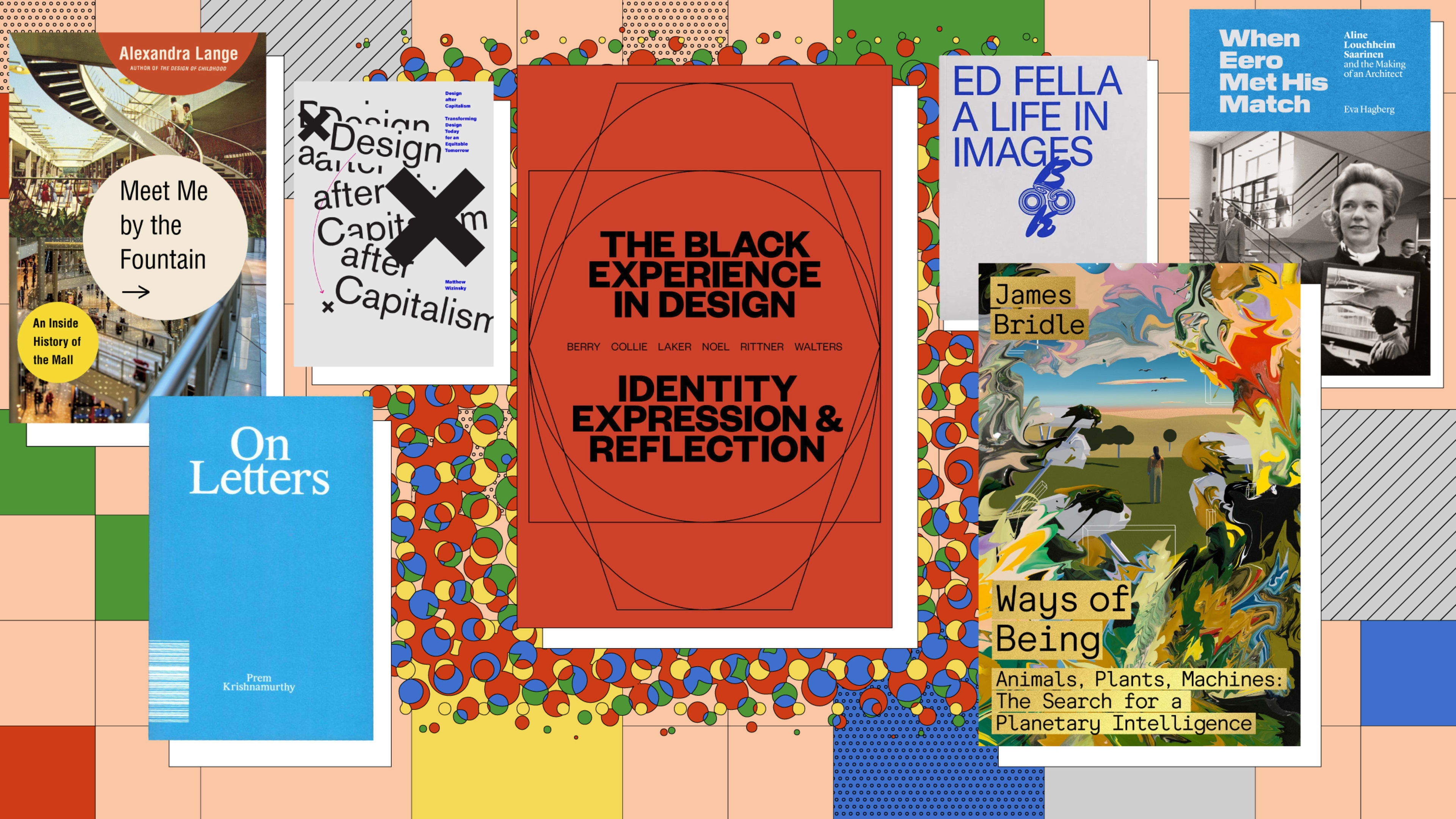Every year, there are great design books released, and 2022 was no exception. But what is a design book, really? Is it a big, glossy coffee table book filled with full-bleed images—perhaps collecting a single designer’s work or united by theme? Is it the range of how-to and DIY books available? Is it an academic work of theory? A historical biography? A survey of the built world? The answer, of course, is all those things.
Despite the range of books to choose from, I did notice a theme that united the books that meant the most to me this year. The ones I found myself drawn to in 2022 were the books that pointed away from design, the books that use design objects (or thinking or people) to tell us something about ourselves, and the world we live in. Included on this list are monographs and history books, works of theory and works of memoir. They all start with design but they don’t all end there.
Meet Me By the Fountain by Alexandra Lange
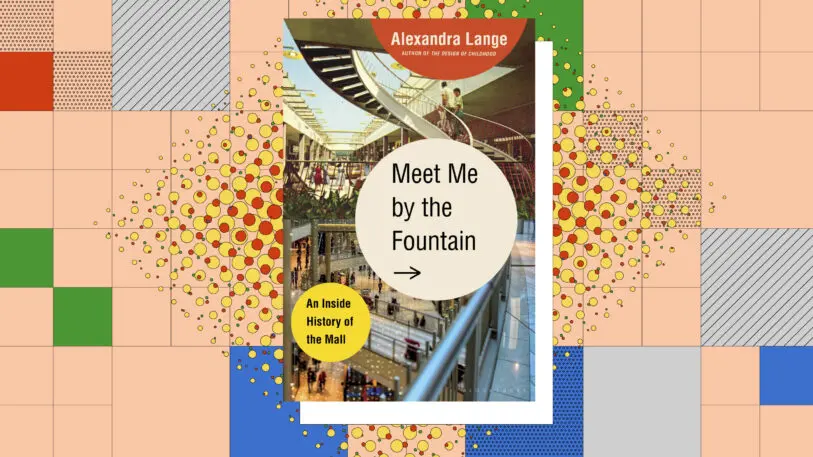
Architecture and design critic Alexandra Lange takes us on a kaleidoscopic tour of the rise and fall (and rise, yet again!) of the American shopping mall. Lange shows us that the mall is far from a dying relic of suburbia’s past; rather it’s a form that’s constantly evolving with the times and a worthy lens through which to view the history not only of architecture and design but also shopping and culture, politics and race, city planning and public space. Mixing firsthand reporting and historical research, Lange traces the history of malls, from coast to coast, to show us not just how malls have changed, but how they’ve also changed us.
Ed Fella: A Life In Images by Unit Editions

For many graphic designers, Ed Fella needs no introduction. The Cranbrook grad and long-time CalArts professor’s work is decidedly singular. His work is highly illustrative and layered, typographically led and energetic. Fella refers to himself as an “exit-level designer,” meaning he makes work that looks like graphic design but without the usual constraints. In this new monographic that spans his seven-decade career, readers are taken through his career from the Detroit commercial design studios in the ’50s to his time at nearby Cranbrook Academy of Art (he was 50 when he returned to school) to his late-career shift to teaching through early work samples, hand-drawn flyers and posters, a range of personal work, and pages upon pages of his famous sketchbooks. What emerges is a portrait of an artist—yes, that’s the appropriate term here—who found his voice early yet never settled, constantly pushing the limits of what graphic design could be and could look like.
When Eero Met His Match: Aline Louchheim Saarinen and the Making of an Architect by Eva Hagberg

Don’t be fooled by the names in the title. Hagberg’s book is certainly not a biography of mid-century architect Eero Saarinen and, honestly, it’s not even simply a biography of his second wife Aline. Instead, by mixing biography, historical research and criticism, and memoir, Hagberg crafts a unique piece of media criticism, looking at the birth of architecture and design public relations through the lens of Eero and Aline’s partnership. After marrying Eero, Aline, a former New York Times art critic, left her position to run media for the Saarinen office, helping the architect craft stories about his work, and seeding them to major architecture publications. Paired with personal stories from Hagberg’s own experiences as an architecture writer and public relations manager, she shines a light on the deep connection between words and visuals, media and memory, and how our experiences of the built world are filtered through the stories being told to us.
Design After Capitalism by Matthew Wizinsky
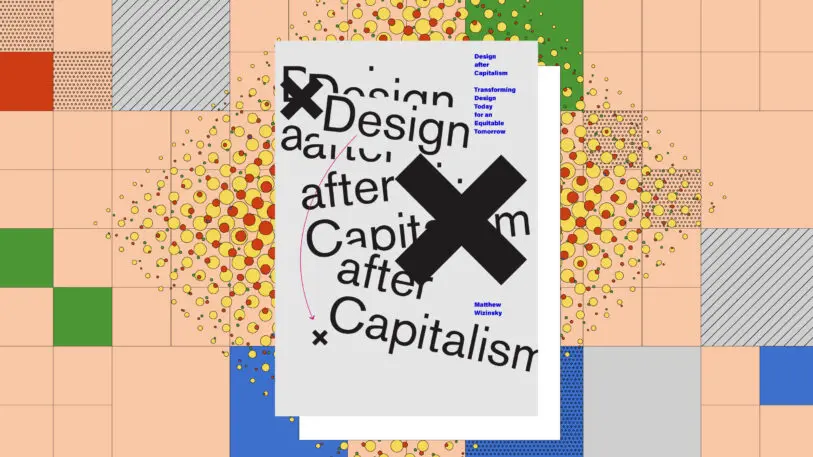
In 2015, the philosopher Timothy Morton coined the term “hyperobject” to describe “things you can study and think about but that are not so easy to see directly.” The climate crisis is a prime example. Capitalism is a hyperobject. Matthew Wizinsky—a designer, educator, and researcher—thinks design is too. It’s no small feat that Wizinsky is able to take two big ideas—capitalism and design—and synthesize them into a human-scale narrative. Design After Capitalism is part alternative history of design and capitalism entanglements, part case studies of post- and anti-capitalist design from around the world, and part tool kit to begin imagining new ways of design—ways of talking about it, ways of practicing it, and ways of engaging with it that could exist in a post-capitalist future.
On Letters by Prem Krishnamurthy
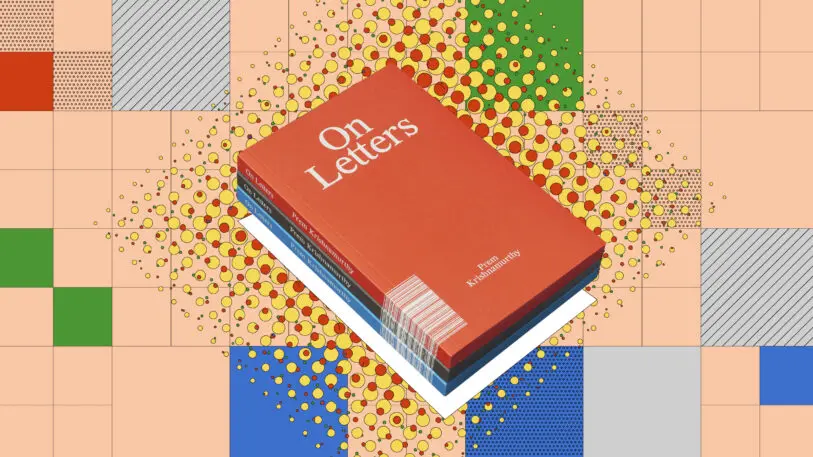
This debut book by designer and curator Prem Krishnamurthy is a series of epistolary essays from Krishnamurthy addressed to the Japanese conceptual artist On Kawara. Kawara is best known for his “Today” series, a nearly lifelong series of paintings where the artist painted each day’s date in geometric-looking lettering. Krishnamurthy begins his letters by noting his frustration, as a graphic designer, with Kawara’s lettering. But as the essays progress, he explores the history of typography, graphic design, mathematics, politics, community, and race. The structural conceit (the title’s clever double meaning quickly becomes clear that it’s a book on letters but also a book of letters to On) creates a strange intimacy, making for a soft, personal, and stunning text of both memoir and art and design criticism.
The Black Experience in Design: Identity, Expression & Reflection edited by Anne H Berry
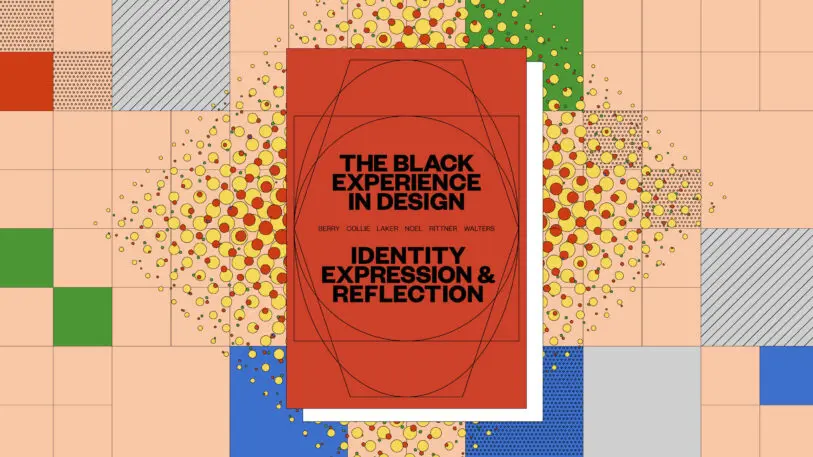
In favoring a white, Western perspective, design history has largely, and unfortunately, overlooked the work of Black designers across design disciplines. Thankfully this has started to change with calls to “decolonize design” and programs around BIPOC design history. The beginning of 2022 saw the most ambitious of these initiatives with The Black Experience in Design. Coming in at 600 pages, this book features a wide range of voices, experiences, stories, essays, and practical tips for working designers, design educators, and all the future designers who will get to rethink what design looks like going forward.
Ways of Being by James Bridle

Most of what we call “artificial intelligence,” James Bridle writes early in their new book, is really just “corporate intelligence”: tools and systems designed to maximize profit, fuel growth, and increase productivity. In search of new forms of intelligence, the artist and writer turns to the natural world—trees and plants, birds and fish, living organisms big and small—in an attempt to expand our own definitions of intelligence and provide some frameworks toward a sustainable future where humans, nonhumans, and technology exists together. While Bridle doesn’t mention design directly, many of the examples of artists, programmers, and systems theorists they explore are design-adjacent and I couldn’t help reading the book through the lens of design. In an era of “human-centered design,” Bridle forces us to question the limits of those principles in the face of a climate crisis. For the designer, then, Bridle encourages us to imagine a “more-than-human-centered design” approach, or perhaps even an “eco-centered design” future.
Recognize your brand’s excellence by applying to this year’s Brands That Matter Awards before the early-rate deadline, May 3.
